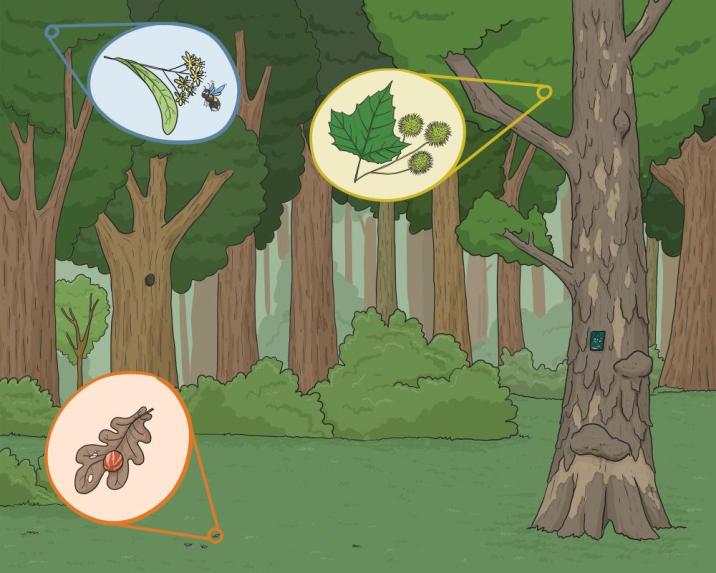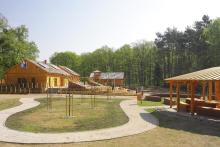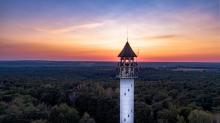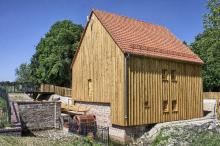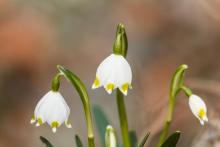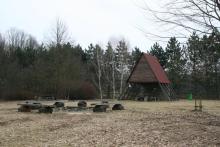 Asset Publisher
Asset Publisher
W cieniu drzew
Zbocza morenowych wzgórz w dawnym parku porasta głównie żyzny, wielowarstwowy las zwany łęgiem zboczowym. Niewielki ich fragment zajmuje grąd, czyli las dębowo-grabowy. W XIX w. utworzono tu romantyczny park w stylu naturalnym, krajobrazowym.

Im Schatten der Bäume
Die Abhänge der Moränenhügel im alten Park bewächst vor allem ein fertiler, vielschichtiger Wald, genannt Auwald. Einen kleinen Teil macht ein Laub-Heinbuchenwald aus. Im 19. Jahrhundert wurde hier ein romantischer Park im natürlichen, landschaftlichen Stil errichtet.
Den Baumholzbestand machen etliche Gattungen von verschiedener Höhe aus. Die meisten davon sind Reste des natürlichen Waldes. Es dominieren Stieleichen und Eschen. Manche Bäume, wie ahornblättrige Platane, Kastanienbäume oder Lärchen sind fremd für diese Region und wurden von Menschenhand gepflanzt.
Die an Teichen wachsenden Platane wurden als Naturdenkmäler anerkannt. Der Stamm eines von ihnen hat einen Umfang von mehr als 5 Meter. Ebenso ist der Unterwuchs (Stufe der Büsche und junger Bäume) im Park üppig und gattungsreich. Jetzt herrscht die Natur nach eigenen Regeln.

In the shadow of trees
On sides of moraine hills in the former park grows a fertile, multilayer forest called a riparian forest. A small part of it is an oak-hornbeam forest. In the 19th century a romantic park in natural landscape style was created.
Several tree species of different height form the treestand. The majority is the remains of the natural forest. The dominating species are common oak and ash. Some trees like London planes, chestnuts or larches are non-native to this region and were planted by humans.
The planes growing at the ponds were considered nature monuments. The stem of one of these has a girth exceeding 5 m. Also the undercover (the story of shrubs and young trees) is lush and diverse in species. Now, nature lives under its own rules.


